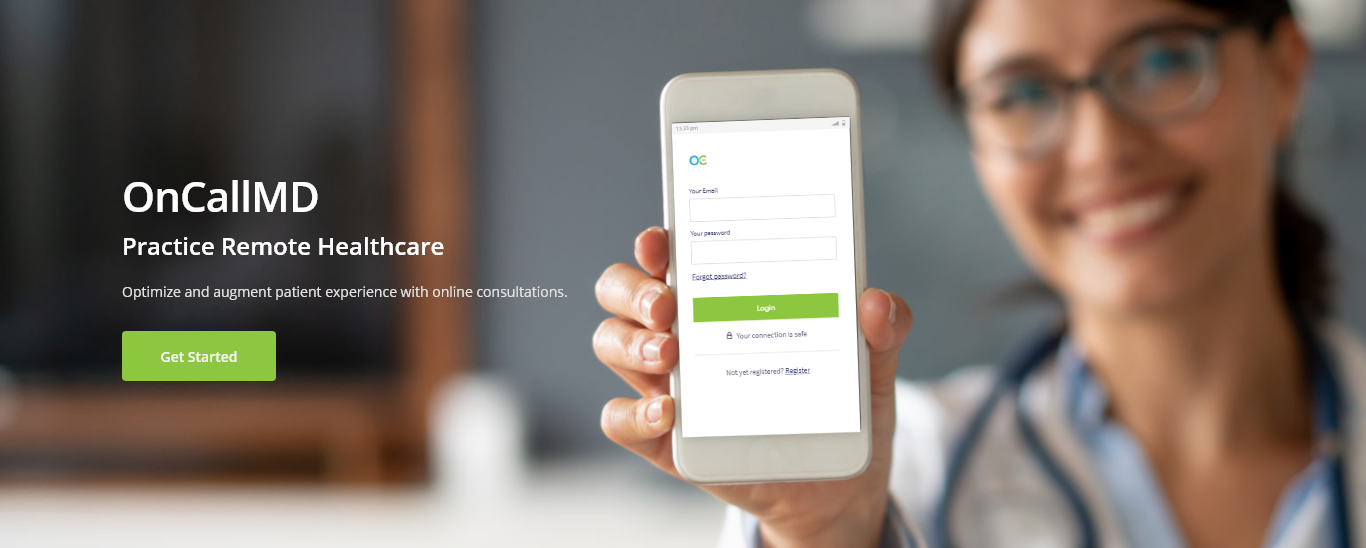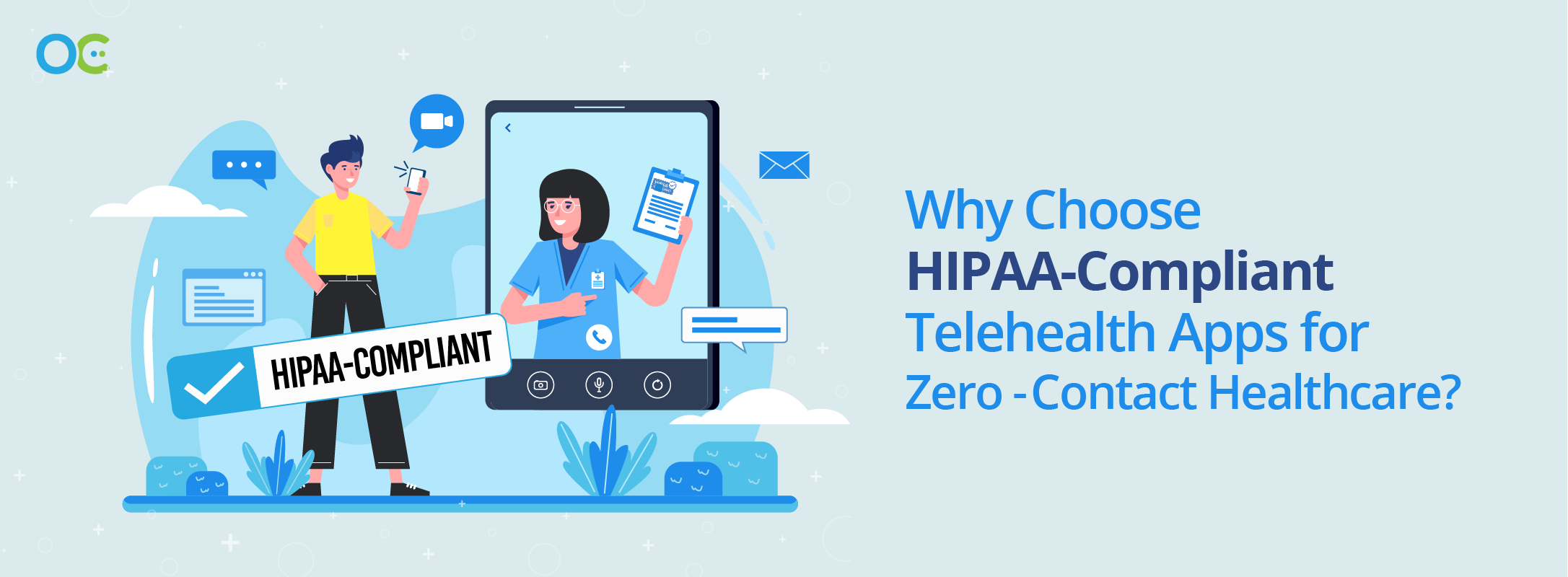

Telehealth apps have become instrumental in delivering zero contact healthcare through remote health monitoring and remote medical consultations services. For instance, OnCall.MD is a comprehensive telehealth platform that provides online patient registrations, live chat, and video consultations, apart from a host of other value-added features such as virtual waiting rooms and real-time scheduling for doctor’s visits. Furthermore, this particular HIPAA compliant telehealth app supports pharmacy assistance, which is especially useful for patients requiring regular medication and frequent refills due to pre-existing medical conditions such as diabetes, hypertension or migraine.
Given the current COVID19 pandemic, it’s essential for providers and healthcare organizations to understand why leading video conferencing apps like Skype, Zoom, or Apple’s Facetime cannot replace telemedicine apps like OnCall.MD.
HIPAA-Compliance
Providers and patients exchange a significant volume of highly sensitive (patient) data over telemedicine apps during remote patient encounters. It is therefore crucial for healthcare organizations- including healthcare and health insurance providers- to adhere to strict federal regulations (HIPAA) while transmitting, storing, or accessing Protected Health Information (PHI). which includes addresses, phone numbers, social security numbers, medical records, financial information, and full facial photos in print or electronic format.
The Health Insurance Portability and Accountability Act of 1996, or HIPAA, is a series of regulatory standards for the legal use and disclosure of Protected Health Information (PHI) for better healthcare delivery. Most video conferencing platforms like Zoom and Skype are NOT compliant with HIPAA standards and might not even support secure transmission, storage, or access to PHI online. Fortunately, there are HIPAA-compliant telehealth apps that strictly adhere to HIPAA Transactions and Code Set Rule (TCS), keeping the patients PHI confidential and secure. These apps furthermore facilitate timely reimbursements for providers,
Remote Healthcare Workflow 
A telemedicine app streamlines the entire healthcare workflow remotely with the online patient intake form, virtual waiting rooms, and one-click video consultations between providers and patients. It is an utmost convenient tool for providers to schedule patient’s appointments, record, store, and access all the patient’s Protected Health Information (PIH) securely on the app in compliance with HIPAA standards. Likewise, patients receive zero-contact medical consultations through video conferencing from the comfort of their homes.
The patient feedback feature in telehealth apps like Oncall.MD can help add credibility to the provider’s medical practice. It helps patients connect with providers who have higher ratings and better patient reviews on the app. Though patients can be added to the platform only by an email invitation from the provider, they can choose to get consultations from other providers if theirs is unavailable on the platform when needed.
An advanced HIPAA-compliant telehealth platform can allow doctors and other providers access to their patients 24/7; promoting safe and secure exchange of PHI online. These secure telehealth apps provide a comprehensive remote healthcare solution that benefits providers, patients, and payers alike.